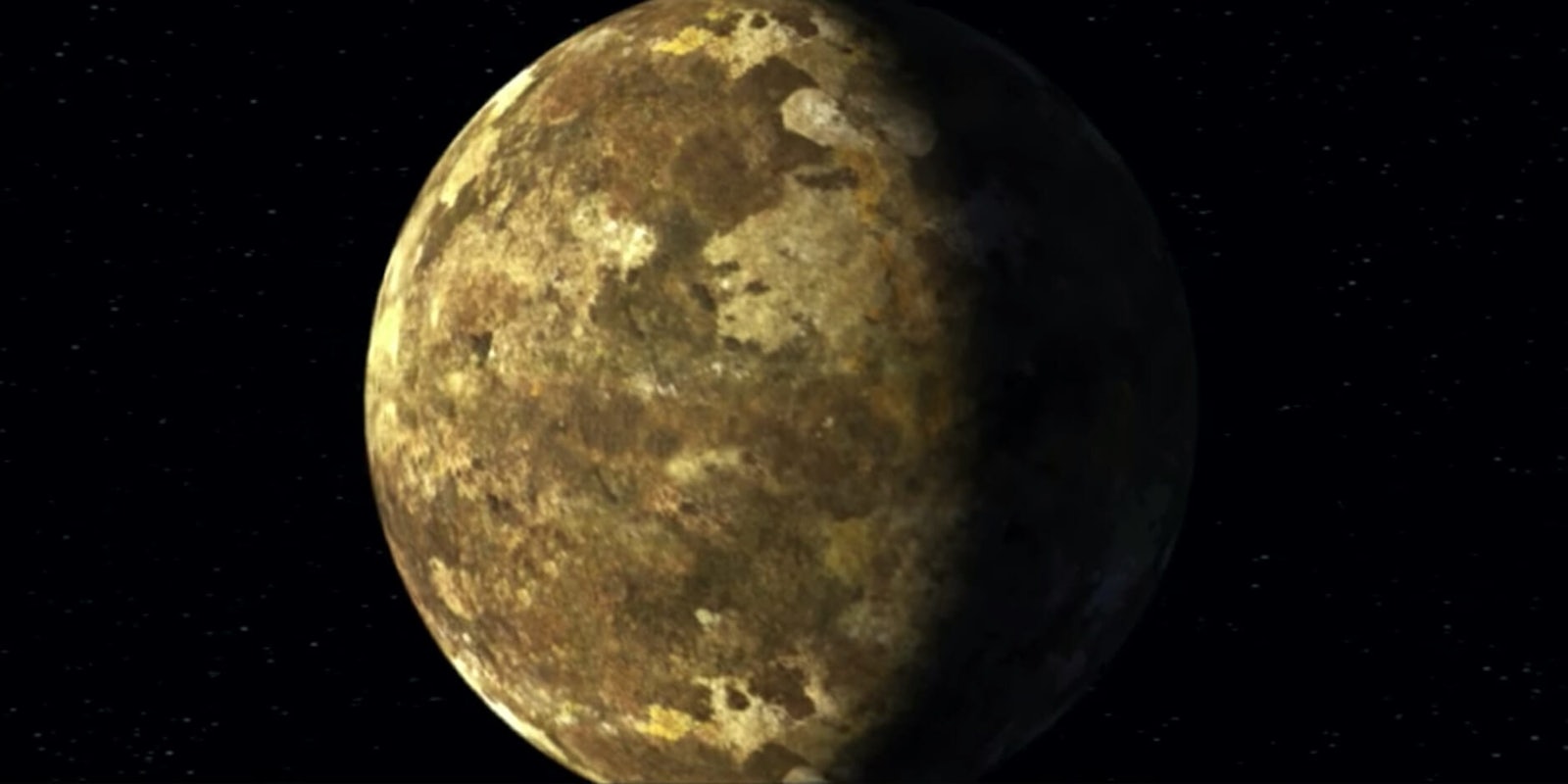Thanks to artificial intelligence, we now know there’s a planetary system out there with just as many planets as our own.
Scientists discovered an eighth planet called Kepler-90i orbiting a distant sun-like star (which shares the Kepler-90 name), confirming that our solar system isn’t really as unique in its planet count as once believed.
Two researchers, Christopher Shallue and Andrew Vanderburg, mined through all of the data collected by NASA’s Kepler Space Telescope and spotted the planets by measuring changes in a star’s light output, which would indicate the presence of an orbiting planet.
Shallue, a senior software engineer with Google AI, is credited with coming up with the idea to use artificial science to explore information gathered about our universe.
“In my spare time, I started googling for ‘finding exoplanets with large data sets’ and found out about the Kepler mission and the huge data set available,” Shallue explained. “Machine learning really shines in situations where there is so much data that humans can’t search it for themselves.”
This changes the game for those who want answers about the ever-expanding universe. With the help of AI, we may now be able to sift through the vast amounts of information collected by telescopes and satellites to generate a better understanding of outer space. Perhaps this even brings us closer to finding an answer to the important question of whether or not we are alone in the universe.
Sadly, there is little hope for life on the newly-discovered Kepler-90 orbiting planets. The planets in the Kepler-90 system are much closer to their fiery star than planets in our solar system are to the sun, so it’s likely these planets are too hot to sustain life as we know it. Kepler-90i’s surface temperatures, for example, can reach a heat-blazing 800 degrees Fahrenheit—not quite the right temperature for life to thrive.
Nevertheless, by applying AI to astronomy, who knows what scientists may soon discover? The possibilities are as infinite as the stars.


